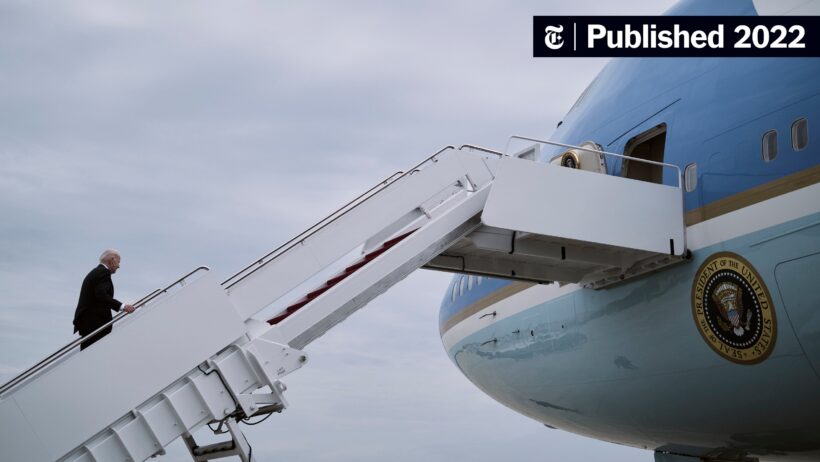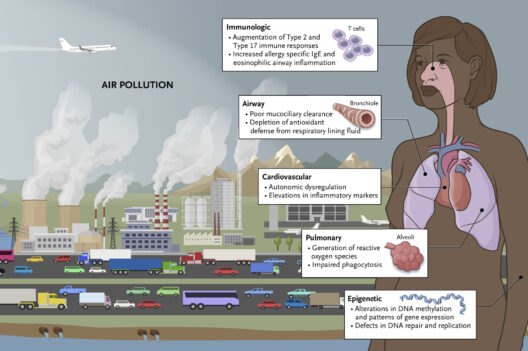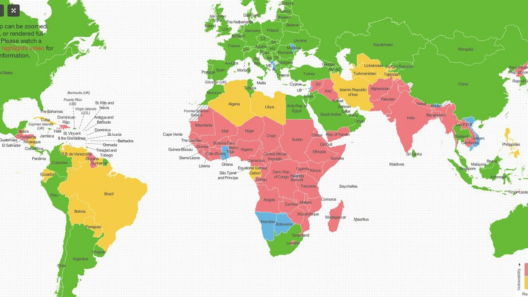The United States, a global leader in both economy and emissions, has a pivotal role to play in addressing climate change. The multifaceted approaches to combat this pressing issue encompass legislation, technological innovation, and grassroots activism. As the nation grapples with the realities of environmental degradation, it becomes imperative to examine the facts and figures surrounding U.S. efforts to mitigate climate change.
One of the most significant legislative frameworks in recent years is the Inflation Reduction Act (IRA) of 2022. This landmark legislation commits over $369 billion to clean energy initiatives over the next decade, aiming to substantially reduce greenhouse gas emissions by promoting renewable energy sources. The act is poised to cut emissions by approximately 40% from 2005 levels by 2030, a commendable step towards the goal of reaching net-zero emissions by 2050.
Transitioning away from fossil fuels is critical. In 2021, the U.S. derived about 60% of its energy from fossil fuels, highlighting the necessity for a robust shift towards cleaner alternatives. Solar and wind energy are at the forefront of this transition. In 2020, solar energy accounted for 3% of the total electricity generation, rapidly growing each year. The U.S. is now ranked first in the world for cumulative installed solar power capacity, providing ample opportunity for further expansion.
Wind energy, another renewable powerhouse, has also witnessed exponential growth. As of 2021, onshore wind farms alone produced about 8.4% of total electricity generation. With more than 100,000 turbines installed, the U.S. leads in both capacity and innovation. Offshore wind projects are also emerging as a promising solution, with the Biden administration aiming to generate 30 gigawatts of offshore wind energy by 2030.
Electric vehicles (EVs) are another cornerstone of the United States’ strategy to combat climate change. President Biden has set an ambitious goal to have half of all new vehicles sold in 2030 be electric. To support this transition, the federal government has proposed an expansive network of charging stations across the country, aiming for 500,000 stations by 2030. In 2021, EV sales soared, constituting around 4.5% of all new car sales, showcasing a shift in consumer preference towards more sustainable options.
Energy efficiency also plays a crucial role in reducing emissions. The U.S. Department of Energy estimates that energy efficiency measures could reduce energy consumption in the commercial and residential sectors by as much as 50% by 2030. Programs like ENERGY STAR encourage consumers to purchase energy-efficient appliances, while upgrades in building codes have also contributed to a decrease in energy use across various sectors.
Public transportation systems are being revamped to decrease reliance on personal vehicles. Urban areas are investing in improved public transit options and infrastructure to foster more sustainable urban living. Cities are integrating bike-sharing systems, electric buses, and pedestrian-friendly designs, encouraging shifts from car dependence. For instance, Los Angeles has committed to a fleet conversion to 100% zero-emission buses by 2030, illustrating the commitment to reducing urban emissions.
Nonetheless, these initiatives often contend with obstacles. Climate change denial presents a challenge—not just politically, but socially and economically. As some local and state governments resist transitioning to renewable energy, it requires assertive action from both public and private sectors to overcome inertia. Moreover, the impacts of climate change are not universally distributed; marginalized communities frequently bear the brunt of environmental degradation, showing that equity must be intertwined with climate strategies.
The economic implications of climate action are noteworthy. As clean energy jobs proliferate, the potential for job creation in this sector is substantial. The solar and wind industries alone are projected to add hundreds of thousands of jobs over the next decade. The clean energy transition promises not just a combat strategy against climate change, but also a path toward economic revitalization, offering new opportunities for a diverse workforce.
International cooperation remains essential in the fight against climate change. The U.S. rejoining the Paris Agreement signifies a renewed commitment to global climate objectives. It is vital for the U.S. to collaborate with other nations, sharing technological advancements and strategies to encourage collective action. Nations are interconnected in ecological consequences; thus, transnational efforts are crucial to stave off the most dire predictions of climate scientists.
In conclusion, the United States recognizes the multifaceted nature of climate change and is actively pursuing a broad array of strategies in response. From ambitious legislation and investment in renewable energy to innovative public transportation systems and energy efficiency programs, the nation is taking significant steps forward. However, challenges persist, requiring ongoing commitment, cooperation, and impactful policies. As the landscape of climate change evolves, so too must the strategies employed by the United States. The imperative for action has never been clearer—time is of the essence, and the pathway to sustainability lies in a collective effort that transcends borders and disciplines.







